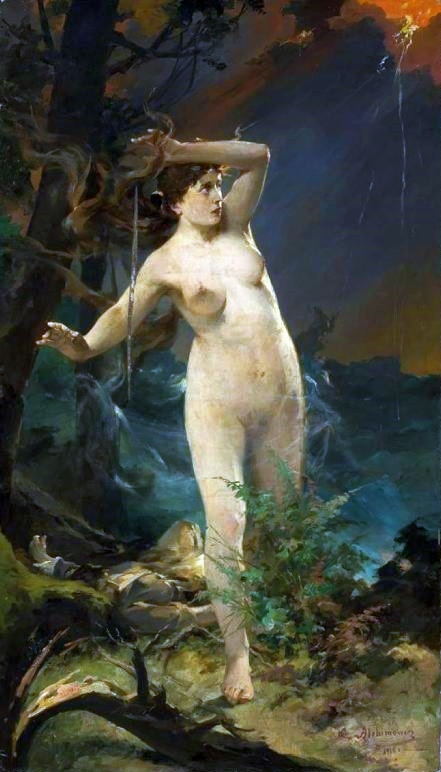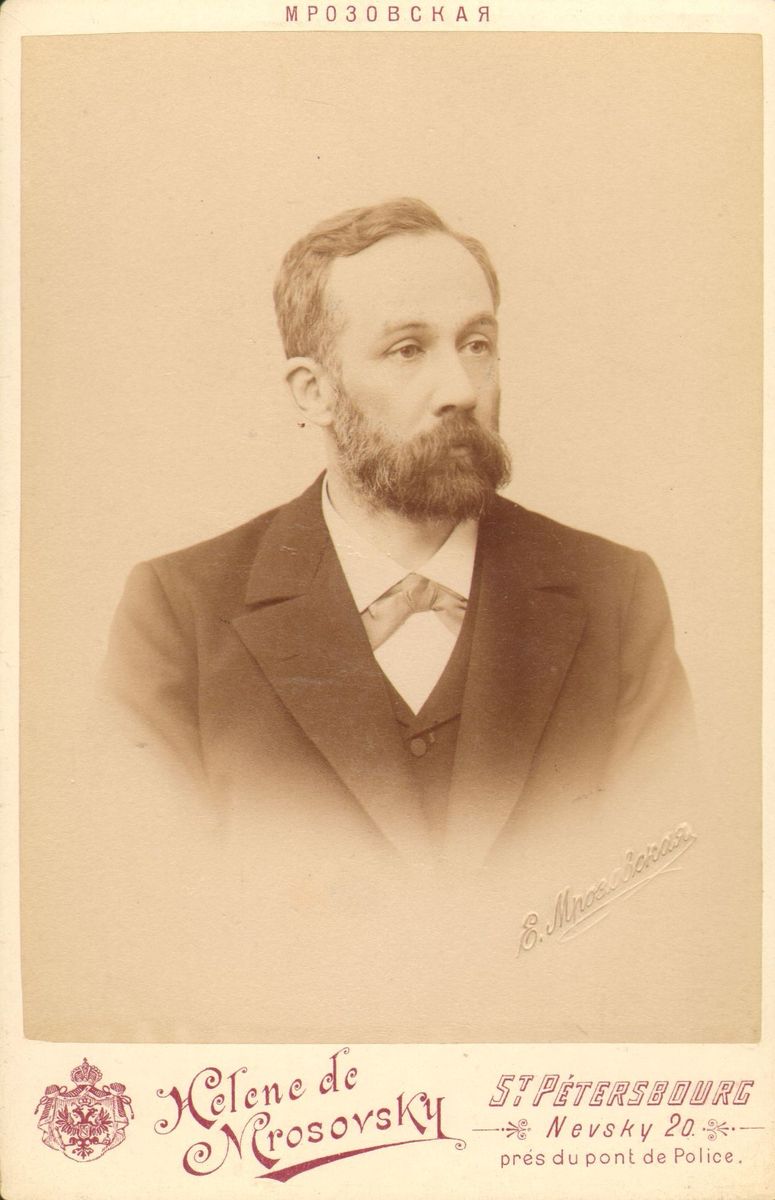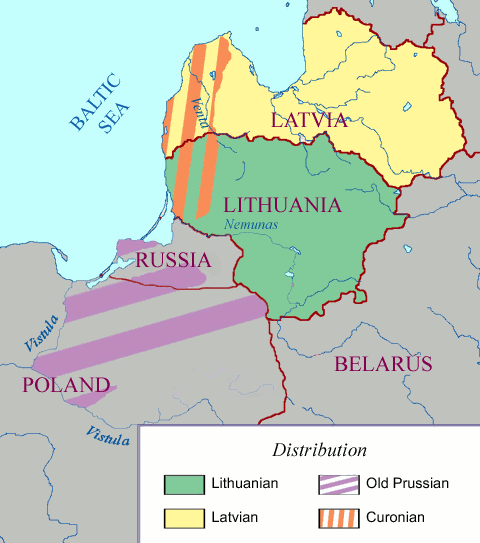|
Sovij
Sovij ( lt, Sovijus) is a character in a Baltic myth recorded in the Russian translation of ''Chronography'' by the Byzantine chronicler John Malalas (1261). According to the myth, Sovij was the instigator of the ancient Baltic tradition of burning the deceased and the subsequent rituals of sacrifice for the Baltic gods of Andajus, Perkūnas, Žvorūnė, and Teliavelis. His other purpose was also the escort of dead souls to the underworld, akin to the ancient Egyptian Anubis and ancient Greek Charon. Name of Sovij The origin and meaning of the Sovij name are disputed. For example, Eduards Volters, a linguist, ethnographer, and archeologist of the Baltic languages and culture states that it's a borrowed word from Arabic, while philologist Antoni Julian Mierzyński states that it originates from the name of a Lithuanian tribe. But the majority of etymologists think that it originates from the Indo-European root ''sāue'', meaning sun. Myth of Sovij The myth revolves around the ... [...More Info...] [...Related Items...] OR: [Wikipedia] [Google] [Baidu] |
Lithuanian Mythology
Lithuanian mythology ( lt, Lietuvių mitologija) is the mythology of Lithuanian polytheism, the religion of pre-Christian Lithuanians. Like other Indo-Europeans, ancient Lithuanians maintained a polytheistic mythology and religious structure. In pre-Christian Lithuania, mythology was a part of polytheistic religion; after Christianisation mythology survived mostly in folklore, customs and festive rituals. Lithuanian mythology is very close to the mythology of other Baltic nations – Prussians, Latvians, and is considered a part of Baltic mythology. Sources and evidence Early Lithuanian religion and customs were based on oral tradition. Therefore, the very first records about Lithuanian mythology and beliefs were made by travellers, Christian missionaries, chronicle writers and historians. Original Lithuanian oral tradition partially survived in national ritual and festive songs and legends which started to be written down in the 18th century. The first bits about Baltic ... [...More Info...] [...Related Items...] OR: [Wikipedia] [Google] [Baidu] |
Teliavelis
The list of Lithuanian gods is reconstructed based on scarce written sources and late folklore. Lithuania converted to Christianity in 1387, but elements of Lithuanian mythology survived into the 19th century. The earliest written sources, authored by foreigners and Christians, only briefly mention the Lithuanian gods. Beginning in the 16th century, the pagan religion received more attention from authors, but often their accounts were confused, contradictory, and heavily influenced by various religious agendas. Collection and recording of folklore began in the 19th century, by which time the pagan mythology had become fragmented and mixed with Christian traditions. The cults of old deities transformed into folklore (individual tales, myths, songs, etc.) without associated rituals. Because of such difficulties obtaining data, there is no accepted list of Lithuanian gods. Different authors present wildly contradictory reconstructions of the Lithuanian pantheon. Names from folklore ... [...More Info...] [...Related Items...] OR: [Wikipedia] [Google] [Baidu] |
Baltic Mythology
Baltic mythology is the body of mythology of the Baltic people stemming from Baltic paganism and continuing after Christianization and into Baltic folklore. Baltic mythology ultimately stems from Proto-Indo-European mythology. The Baltic region was one of the last regions of Europe to be Christianized, a process that began in the 15th century and continued for at least a century afterward. While no native texts survive detailing the mythology of the Baltic peoples during the pagan period, knowledge of such beliefs may be gained from Russian and German chronicles, from later folklore, from etymology and from the reconstructions of comparative mythology.Puhvel (1989:222-229). While the early chronicles (14th and 15th century) were largely the product of missionaries who sought to eradicate the native paganism of the Baltic peoples, rich material survives into Baltic folklore. This material has been of particular value in Indo-European studies as, like the Baltic languages, it is co ... [...More Info...] [...Related Items...] OR: [Wikipedia] [Google] [Baidu] |
John Malalas
John Malalas ( el, , ''Iōánnēs Malálas''; – 578) was a Byzantine chronicler from Antioch (now Antakya, Turkey). Life Malalas was of Syrian descent, and he was a native speaker of Syriac who learned how to write in Greek later in his life. The name ''Malalas'' probably derived from the Aramaic word (ܡܰܠܳܠܰܐ ''malolo'') for "rhetor", "orator"; it is first applied to him by John of Damascus. The alternative form ''Malelas'' is later, first appearing in Constantine VII. Malalas was educated in Antioch, and probably was a jurist there, but moved to Constantinople at some point in Justinian I's reign (perhaps after the Persian sack of Antioch in 540); all we know of his travels from his own hand are visits to Thessalonica and Paneas. Writing He wrote a ''Chronographia'' () in 18 books, the beginning and the end of which are lost. In its present state it begins with the mythical history of Egypt and ends with the expedition to Roman Africa under the tribune ... [...More Info...] [...Related Items...] OR: [Wikipedia] [Google] [Baidu] |
Perkūnas
Perkūnas ( lt, Perkūnas, lv, Pērkons, Old Prussian: ''Perkūns'', ''Perkunos'', Yotvingian: ''Parkuns'', Latgalian: ''Pārkiuņs'') was the common Baltic god of thunder, and the second most important deity in the Baltic pantheon after Dievas. In both Lithuanian and Latvian mythology, he is documented as the god of sky, thunder, lightning, storms, rain, fire, war, law, order, fertility, mountains, and oak trees. Etymology The name continues PIE ''*'', cognate to ''*'', a word for "oak", " fir" or "wooded mountain". The Proto-Baltic name *''Perkūnas'' can be reconstructed with certainty. Slavic Perun is a related god, but not an etymologically precise match. Finnish Perkele, a name of Ukko, is considered a loan from Baltic. Another connection is that of ''terpikeraunos'', an epithet of Zeus meaning "''who enjoys lightning''". Perkūnas in written sources Most information about Perkūnas comes from folklore songs, legends, and fairy tales. Because most of them were c ... [...More Info...] [...Related Items...] OR: [Wikipedia] [Google] [Baidu] |
Anubis
Anubis (; grc, Ἄνουβις), also known as Inpu, Inpw, Jnpw, or Anpu in Ancient Egyptian () is the god of death, mummification, embalming, the afterlife, cemeteries, tombs, and the Underworld, in ancient Egyptian religion, usually depicted as a canine or a man with a canine head. Like many ancient Egyptian deities, Anubis assumed different roles in various contexts. Depicted as a protector of graves as early as the First Dynasty (c. 3100 – c. 2890 BC), Anubis was also an embalmer. By the Middle Kingdom (c. 2055–1650 BC) he was replaced by Osiris in his role as lord of the underworld. One of his prominent roles was as a god who ushered souls into the afterlife. He attended the weighing scale during the "Weighing of the Heart", in which it was determined whether a soul would be allowed to enter the realm of the dead. Anubis is one of the most frequently depicted and mentioned gods in the Egyptian pantheon, however, no relevant myth involved him. Anubis was depict ... [...More Info...] [...Related Items...] OR: [Wikipedia] [Google] [Baidu] |
Charon
In Greek mythology, Charon or Kharon (; grc, Χάρων) is a psychopomp, the ferryman of Hades, the Greek underworld. He carries the souls of those who have been given funeral rites across the rivers Acheron and Styx, which separate the worlds of the living and the dead. Archaeology confirms that, in some burials, low-value coins were placed in, on, or near the mouth of the deceased, or next to the cremation urn containing their ashes. This has been taken to confirm that at least some aspects of Charon's mytheme are reflected in some Greek and Roman funeral practices, or else the coins function as a viaticum for the soul's journey. In Virgil's epic poem, ''Aeneid'', the dead who could not pay the fee, and those who had received no funeral rites, had to wander the near shores of the Styx for one hundred years before they were allowed to cross the river. Some mortals, heroes, and demigods were said to have descended to the underworld and returned from it as living beings. T ... [...More Info...] [...Related Items...] OR: [Wikipedia] [Google] [Baidu] |
Eduards Volters
Eduards Volters (1856–1941) was a linguist, ethnographer, archaeologist who studied the Baltic languages and culture. He was a long-time professor at the Saint Petersburg University (1886–1918) and Vytautas Magnus University (1922–1934). Volters, born in Riga, studied linguistics in Germany, present-day Estonia, and Ukraine earning his master's degree in 1883. In 1886–1918, he lived in Saint Petersburg where he taught at the Saint Petersburg University and worked as a librarian at the Library of the Russian Academy of Sciences. He supported and encouraged Lithuanian and Latvian students and joined their cultural activities. In 1918, Volters moved to Vilnius and started organizing the Central Library of Lithuania (considered to be the predecessor of the Martynas Mažvydas National Library of Lithuania). Due to the Polish–Soviet War, he moved to Kaunas where he lived until his death. He established and headed the Central Library (1920–1922), was director of the (1922–1 ... [...More Info...] [...Related Items...] OR: [Wikipedia] [Google] [Baidu] |
Baltic Languages
The Baltic languages are a branch of the Indo-European language family spoken natively by a population of about 4.5 million people mainly in areas extending east and southeast of the Baltic Sea in Northern Europe. Together with the Slavic languages, they form the Balto-Slavic branch of the Indo-European family. Scholars usually regard them as a single subgroup divided into two branches: Western Baltic (containing only extinct languages) and Eastern Baltic (containing at least two living languages, Lithuanian, Latvian, and by some counts including Latgalian and Samogitian as separate languages rather than dialects of the two aforementioned languages). The range of the Eastern Baltic linguistic influence once possibly reached as far as the Ural Mountains, but this hypothesis has been questioned. Old Prussian, a Western Baltic language that became extinct in the 18th century, has possibly retained the greatest number of properties from Proto-Baltic. Although related, Lithu ... [...More Info...] [...Related Items...] OR: [Wikipedia] [Google] [Baidu] |
Indo-European Languages
The Indo-European languages are a language family native to the overwhelming majority of Europe, the Iranian plateau, and the northern Indian subcontinent. Some European languages of this family, English, French, Portuguese, Russian, Dutch, and Spanish, have expanded through colonialism in the modern period and are now spoken across several continents. The Indo-European family is divided into several branches or sub-families, of which there are eight groups with languages still alive today: Albanian, Armenian, Balto-Slavic, Celtic, Germanic, Hellenic, Indo-Iranian, and Italic; and another nine subdivisions that are now extinct. Today, the individual Indo-European languages with the most native speakers are English, Hindi–Urdu, Spanish, Bengali, French, Russian, Portuguese, German, and Punjabi, each with over 100 million native speakers; many others are small and in danger of extinction. In total, 46% of the world's population (3.2 billion people) speaks an ... [...More Info...] [...Related Items...] OR: [Wikipedia] [Google] [Baidu] |
Baltic Religion
Baltic mythology is the body of mythology of the Baltic peoples, Baltic people stemming from Baltic paganism and continuing after Christianization and into Baltic folklore. Baltic mythology ultimately stems from Proto-Indo-European mythology. The Baltic region was one of the last regions of Europe to be Christianized, a process that began in the 15th century and continued for at least a century afterward. While no native texts survive detailing the mythology of the Baltic peoples during the pagan period, knowledge of such beliefs may be gained from Russian and German chronicles, from later folklore, from etymology and from the reconstructions of comparative mythology.Puhvel (1989:222-229). While the early chronicles (14th and 15th century) were largely the product of missionaries who sought to eradicate the native paganism of the Baltic peoples, rich material survives into Baltic folklore. This material has been of particular value in Indo-European studies as, like the Baltic lang ... [...More Info...] [...Related Items...] OR: [Wikipedia] [Google] [Baidu] |
Gintaras Beresnevičius
Gintaras Beresnevičius (July 8, 1961 in Kaunas – August 6, 2006 in Vilnius) was a Lithuanian historian of religions specializing in Baltic mythology. He together with Norbertas Vėlius is considered to be the best specialist in Lithuanian mythology. In 1984 he graduated from Vilnius University, Faculty of History. Since 1986 he worked at various universities. In 1993 he received his Ph.D. He published over 100 scientific articles. Beresnevičius worked with journal "Naujasis Židinys" (English:''The New Hearth'') and weekly "Šiaurės Atėnai" (English: ''Northern Athens''). In 2001 he received an award from the President of Lithuania for his collection of essays on history of Lithuania called "Ant laiko ašmenų." In 2003 he published textbooks on religious studies for high schools. Besides scientific work, Beresnevičius was also a writer and a publicist. He published novels, several poems, and numerous essays (many of them under various pseudonyms such as Antanas Sereda). ... [...More Info...] [...Related Items...] OR: [Wikipedia] [Google] [Baidu] |



_-_1909.jpg)




